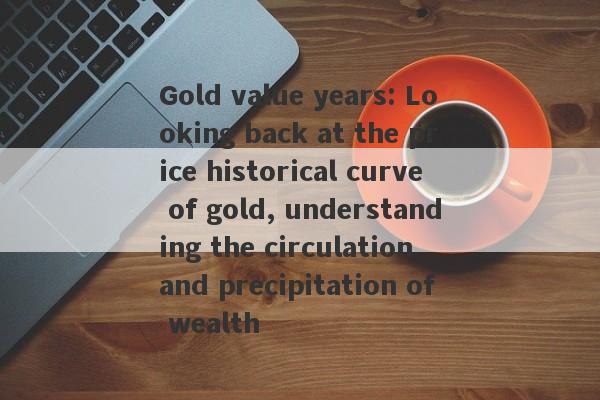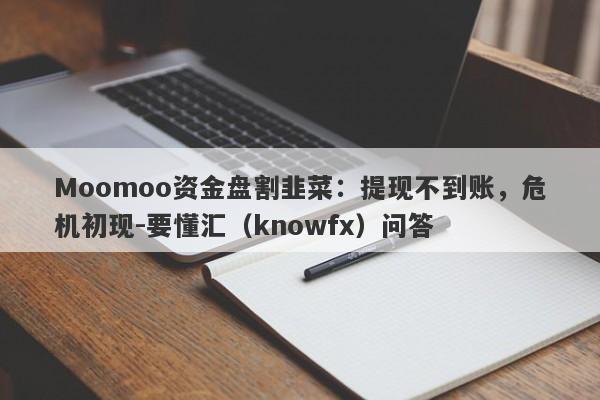Gold, as a precious metal, has a long history.From ancient times to the present, people's pursuit of gold and attach great importance to gold can be described as long -lasting.In ancient civilization, gold was regarded as a symbol of wealth and power, and was used to make jewelry, decorations and gifts, reflecting the symbol of social status and wealth.Whether it is the Pharaoh of ancient Egypt or the emperor of China, gold is regarded as the supreme wealth.
In addition to the important position in culture, gold also plays a pivotal role in the economy.As a rare precious metal, gold has unique value and is not affected by inflation and political turmoil.Therefore, gold has become a hedid asset of people in the period of economic instability and is widely used in investment and wealth preservation.Its stable value and value preservation characteristics make it a global trading medium and reserve assets.
The price history of gold can be traced back to the period of ancient civilization.Civilizations such as ancient Egypt, ancient Greece, and ancient Rome have used gold as a reserve of currency and wealth.In these ancient society, the supply of gold is relatively scarce, so it is regarded as an extremely precious precious metal.The price of gold was influenced by factors such as war, trade, and political turmoil during ancient times, showing violent fluctuations.

Over time, the price trend of gold has undergone various changes.From the Middle Ages to Modern, the value and price of gold are affected by different factors, such as trade activities, the discovery of the New World, the industrial revolution, and the establishment and abolition of the gold standard system.These factors have led to the continuous fluctuations and changes of gold prices, forming its colorful price history.
The fluctuations in gold prices are affected by various factors, and politics, economic and geopolitics are one of the most important factors.Political factors include government policies, political stability, and political events. These factors can directly affect investors' confidence and expectations for gold, and then affect the demand and price of gold.
Economic factors such as inflation, interest rates, monetary policy and economic growth will also affect gold prices.Under normal circumstances, when the economy is unstable or inflation is rising, investors will seek risk aversion assets, thereby promoting increased gold demand and rising prices.Geopolical factors such as war, regional conflicts, and natural disasters can also lead to an increase in uncertainty of investors in the market, thereby increasing demand for safe -haven assets such as gold.
The fluctuation of gold prices is often closely related to historical events.In war, economic crisis, inflation and other incidents, investors often cause investors' concerns about the market, which leads to an increase in demand for insurance assets. Gold is often benefited from this as a traditional hedging tool.For example, the historical world war and regional conflicts often lead to rising gold prices, because investors regard it as a relatively secure asset to protect the assets from the impact of war and political instability.
Economic crisis and inflation are also important factor in the fluctuation of gold price.During the economic crisis, investors tend to transfer funds to relatively stable assets, and gold is usually regarded as a stable safe -haven asset.In addition, the intensification of inflation will also lead to an increase in investors' demand for gold, because gold is considered a kind of asset that can preserve value to resist inflation.Therefore, historical events have played an important role in fluctuations in gold prices, and investors' hedging and investment behavior also shaped the supply and demand pattern of the gold market to a certain extent.
Gold has many unique advantages as an investment tool.First of all, gold has stable value and the characteristics of value preservation and appreciation. Compared with other financial assets, the value of gold is relatively small, and it can maintain relatively stable market when the market is turbulent, thereby providing investors with a stable investment option.Secondly, gold has good liquidity, and investors can convert gold into cash or other assets at any time to meet the needs of flexible use of funds.
Investors can use gold to disperse risks and build a diversified investment portfolio.Because gold has low correlation with assets such as stocks and bonds, when other asset prices fluctuate, gold can often provide a hedge effect, thereby reducing the volatility of the entire investment portfolio and effectively dispersing risks.In addition, gold can also be used as an hedge tool for inflation, because its value is not affected by inflation, can effectively maintain value and appreciate, and provide investors with stable wealth preservation methods.
In the future, the gold market will continue to be affected by the global economy and political environment, but its status and role in the global economy will be more prominent.With the increase in uncertainty of the global economy, investors' demand for safe -haven assets will further increase, which will promote the relatively stable price of gold and it is expected to have a trend of long -term rise.
In addition, with the rise of the emerging market economy and the changes in the global trade pattern, the demand for gold in emerging markets will continue to grow.Especially in Asia and other regions, gold is regarded as a traditional wealth reserve tool. With the continuous growth of the middle class, the potential of the gold market will be further released.Therefore, it is foreseeable that the status of gold in the global economy will be more consolidated, and the importance in the investment portfolio will continue to increase.

导言:在当今的投资领域里,我们时刻都需要保持警惕,因为投资市场的复杂...

海汇国际诈骗案深度解析:资金盘DRCFX复出传闻背后的真相导言:近年...

据“富途”官方消息:富途拟于2023年5月19日起在中国境内线上应用...

海汇国际资金盘风云再起?DRCFX即将复出,8亿惊天大案细节大揭秘!...

提问:Moomoo资金盘割韭菜:提现不到账,危机初现要懂汇温馨提示:...